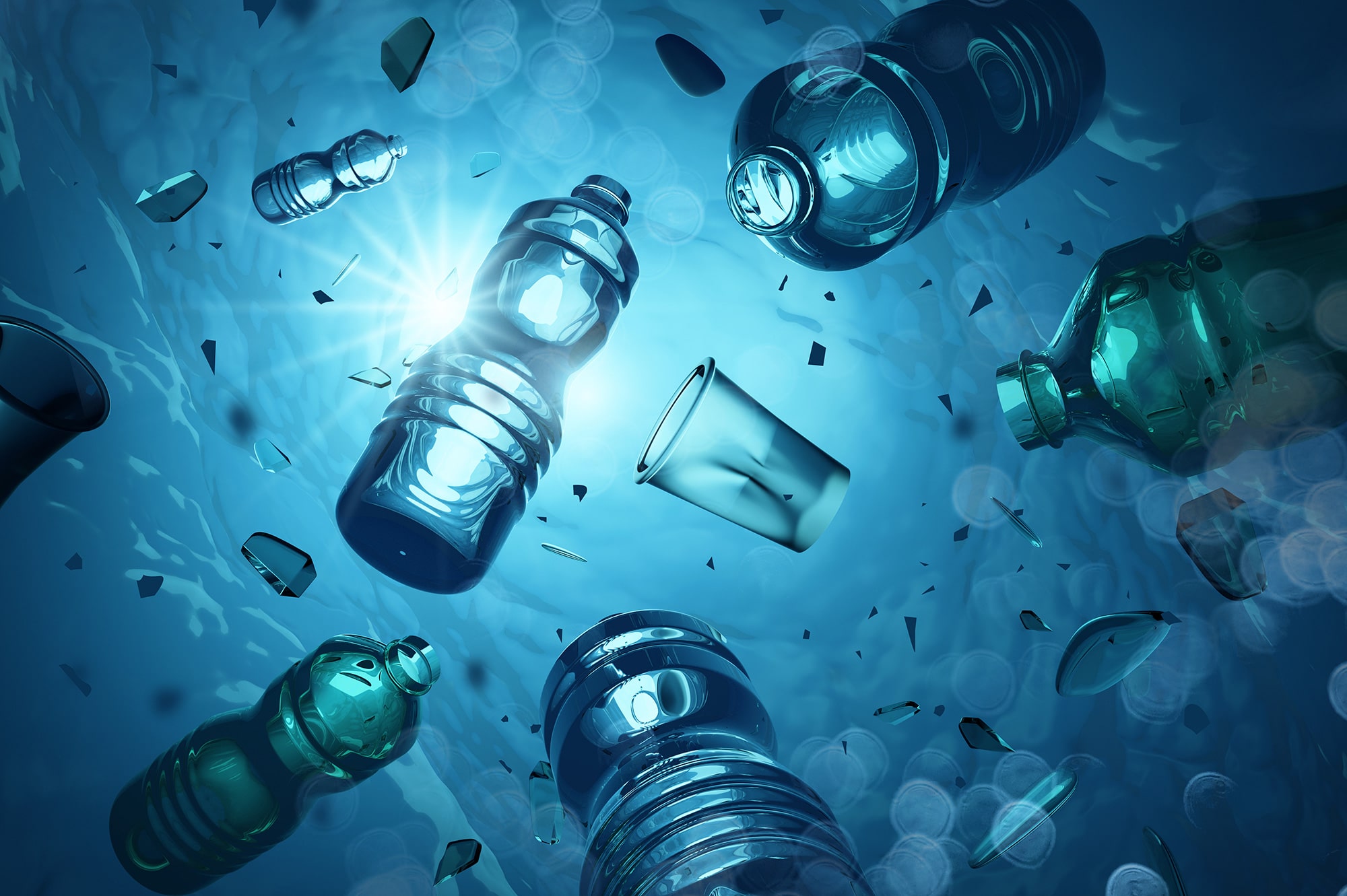Recycling’s easy, right! We all know you can recycle plastic, cardboard, glass – so just chuck anything made of those materials in the recycling bin and you’ve done your bit to help the environment.
WRONG!
Sadly, this misconception of recycling is all too common, and it’s not down to people being wilfully negligent when it comes to recycling – people who do actively recycle tend to have the best of intentions for making sure the items they’ve finished with go on to be recycled and reused. The problem lies in the lack of transparency when it comes to both manufacturer information given on products, and also how much info local councils give out about what their recycling facilities actually can and can’t process.
Kerbside recyclable products
The phrase “kerbside recyclable” is fast becoming one of the new buzzwords for those involved in pushing environmentally friendly processes and innovations, and one that all members of the public should be aware of. It relates what can actually be put straight into a normal recycling bin (that is collected from the kerbside by council refuse collectors) and will be recycled with no issues around separation of materials or machinery that cannot process items that *should* be recyclable).
There are numerous examples of products that end up in landfill even though technically they tick the recyclable box based on material alone; these include:
- Black plastic takeaway cartons – might be made of plastic but most domestic recycling plant sorting machinery cannot “see” the colour of the plastic, and as such these end up in landfill.
- Plastic one-use straws – too small to recycle, can damage the machinery
- Plastic hot drink stirrers– too small to recycle, can damage the machinery
- Cardboard takeaway cups – usually these are made up of multiple layers of material, so they look like cardboard on the outside but on the inside, they have thermal layers which can’t be recycled. Because the machinery used in recycling plants can’t break this down, and it is too costly/time consuming to have people do this by hand, they end up in landfill.
- Broken balloons – may look like they’re recyclable, but they’re made from latex. Latex can only be recycled by specialist machinery which most local councils do not have – although do check with your local council just in case they do.
- Clingfilm – Clingfilm contains PVC (PolyVinyl Chloride) which is difficult to recycle, although it can be done – again, the machinery used to do this tends to be specialist and not used in most domestic recycling plants. As such, clingfilm tends to end up in landfill, where it will take around 450 years to break down.
- Plastic carrier bags – like clingfilm, they contain plastics which have to be recycled by specialist machinery, which tends to not be available at plants where items are taken through kerbside recycling collections. There has been an uprising of specialist plastic carrier bag recycling schemes by supermarkets such as Tesco and Asda.
This is just a short list but there are many, many more – some that people are aware of (like plastic straws) and many more that people aren’t.
Time to change
There are different initiatives that have been developed in recent years, designed specially to raise awareness of both what can and can’t be recycled, and alternatives to cut down the number of items that end up in landfill overall. These include:
- Specialist recycling schemes – these for items that can be recycled but not via kerbside recycling collections, such as crisp packets, plastic bags and hot drink cups.
- On-Pack Recycling Labels (OPRL) – this is an award winning scheme aimed at ensuring all items have clear recycling labels, so end consumers know whether they can or can’t be recycled, and the method of recycling (kerbside v specialist recycling schemes)
- More information out there for consumers to raise awareness of what can and can’t be recycled – for example, RecycleNow, which is the national recycling campaign for England, supported and funded by the UK Government.
- Quality First campaign from The Recycling Association, which aims to raise awareness of the need for the UK to improve the quality of its recyclate.
Whilst it may feel like an uphill battle at times, it’s important that we all do our bit to understand how recycling schemes work, and take steps to find alternatives if kerbside recycling for certain items isn’t an option. Self-education is key with making recycling work, although local councils do also need to play their part more with increased transparency and information available for household recyclers to be more aware of what is and isn’t kerbside recyclable.
Resources
